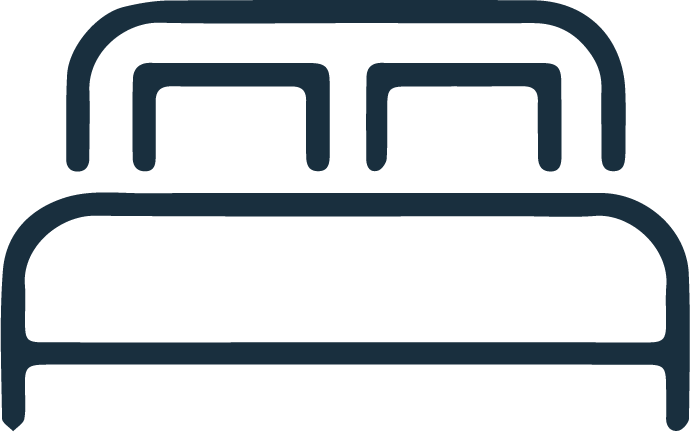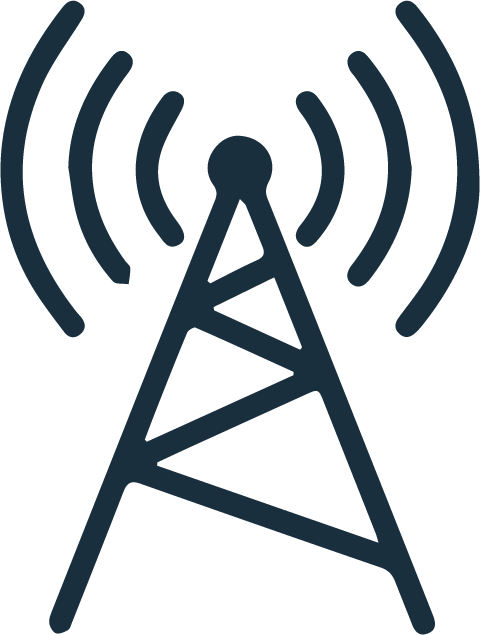In the early days of COVID-19, as government directives rolled out in a seemingly endless press conference, there were more questions than answers for Australian businesses. Employers were rightfully concerned about what they could offer their employees in this climate when tomorrow could bring an industry shut down or new rules that would challenge the core function of their business. JobSeeker was the first national incentive to be released, but it didn’t include the many employees that could not be released from their employment contract and needed to stay on the books, albeit in a diminished capacity for the time being. Then came the Jobkeeper payment.
The JobKeeper payment was then announced and it provided a clear pathway for employers to retain their staff and pay them what they are owed, but not at the detriment of their success and survival. At i3Group, our outsourced payroll team is often asked about the complexities of JobKeeper and what the commitments are of the employer. Today, we are going to collate all the facts you need to know about JobKeeper, so read along and do not hesitate to make contact if your question or concern has not been captured here on the blog.
The JobKeeper payment and your obligations as a business
If you still have some questions regarding the JobKeeper payment and its entitlements, that may be because the terms and directives have changed since its first release, as our government leaders have tweaked the conditions to meet the needs of the masses as the situation unfolds. These are unprecedented times, after all, so feel empowered to seek more information from your accountants and outsourced payroll providers about the logistics of the JobKeeper payment. Now let’s review the basic terms of JobKeeper and the lesser-known considerations that might apply to your business.
1. Who is entitled?
If your business has seen at least a 30% fall in turnover, then you would be eligible for JobKeeper payments, provided you have turned over less than $1 billion. Employers must be willing to pay their employees a minimum of $1,500 per fortnight (before tax) to receive the JobKeeper payment. Sole traders are also eligible for JobKeeper payments, but they must prove that they have seen a 30% fall in turnover compared to their BAS (Business Activity Statement) at the same time last year.
2. The JobKeeper extension
On July 21, it was announced that the JobKeeper scheme would continue for those who continue to be significantly impacted by the challenges that have been a result of the coronavirus, with the government specifically calling out not-for-profits. Many businesses who are receiving JobKeeper now will continue to receive the incentive until September 27 (2020), whereas those who qualify for the extension will be able to receive JobKeeper payments until March 28 (2021). If you are unsure if you qualify, speak to your accountant and then reach out to our i3Group payroll specialists.
3. Employer and employee responsibilities
By the 14th of each month, employers must report their business declaration for that month. Within this report, employers must declare which employees have been maintained in their role and are thus included in the payment entitlement. The employee must complete a JobKeeper employee nomination notice once, that will ensure they receive subsequent payments, so be sure to request that from your workforce. It is the responsibility of both parties to ensure that the most accurate information (especially Tax File Number) is in the system.
4. JobKeeper is an ATO scheme, whereas JobSeeker is Centrelink
All JobKeeper reporting and processing will be conducted through the ATO, which will not require you to interact or make contact with Centrelink. This is a huge advantage for businesses, as their business performance is already captured through the ATO, as well as the employee payroll details. By signing in from myGov, businesses can report their monthly revenue and GST, and specify which employees are employed during this period to receive their full normal pay cycle, with the government contributing to that amount.
5. Self-assessment process
Given the unprecedented nature of the novel coronavirus and how swiftly these businesses needed appropriate support, the qualification for JobKeeper payments came as a self-assessment process, leaving it up to employers to determine if they were eligible and to report accordingly. That being said, when we return to a new normal and the ATO’S support services and resources are no longer under pressure, businesses who have failed to report honestly will be audited and will need to pay back the JobKeeper payments that they were not entitled to.
6. Pay cycles
The ATO has not mandated that employers must pay on the same pay cycle that the JobKeeper payments are being issued, although payments to employees should be made within that fortnight window. If you would like some support in understanding the JobKeeper payments and need some clarity in determining what your fortnightly responsibilities are and whether they meet or exceed the $1,500 minimum, contact your i3Group outsourced payroll consultants to have an open chat. We understand that changing the day and frequency of a pay cycle can not be easily executed, so let’s work together to understand what, if anything, needs to change before changing course.
Ensuring JobKeeper compliance
Few countries have provided such a holistic support system to individuals navigating these challenging times, and Australian businesses should feel empowered in taking advantage of the JobKeeper scheme so that they can retain their employees and their place in the market. The ATO might be a familiar entity for our experienced outsourced payroll providers, be we appreciate these compliances and reporting requirements might be new to our network of customers. Contact our team today to ensure that you uphold your payroll commitments.











































Leave a Reply